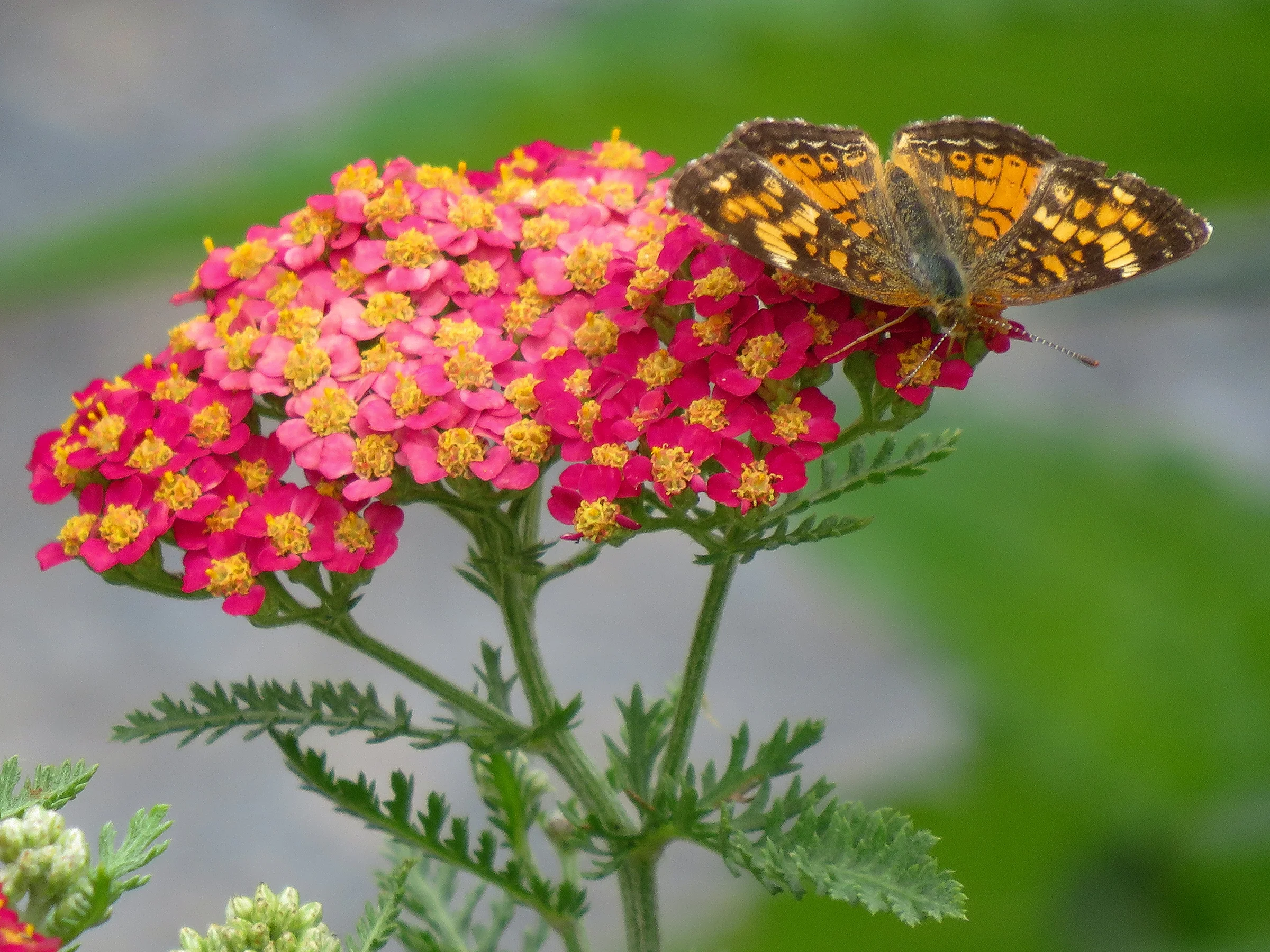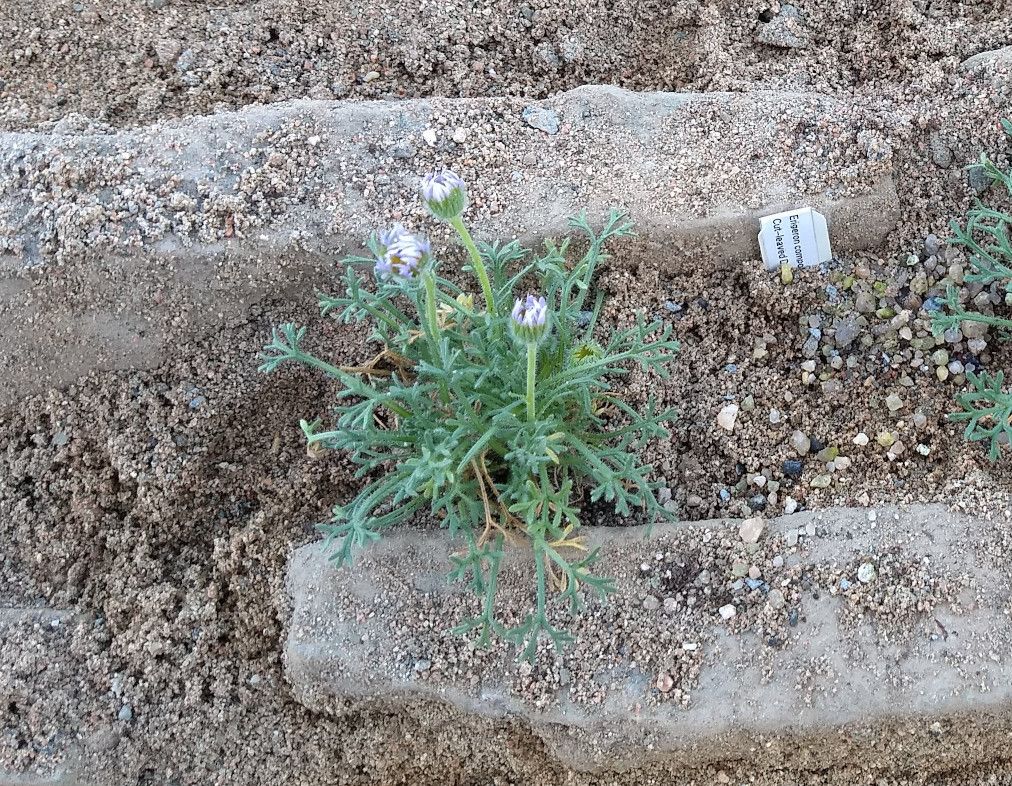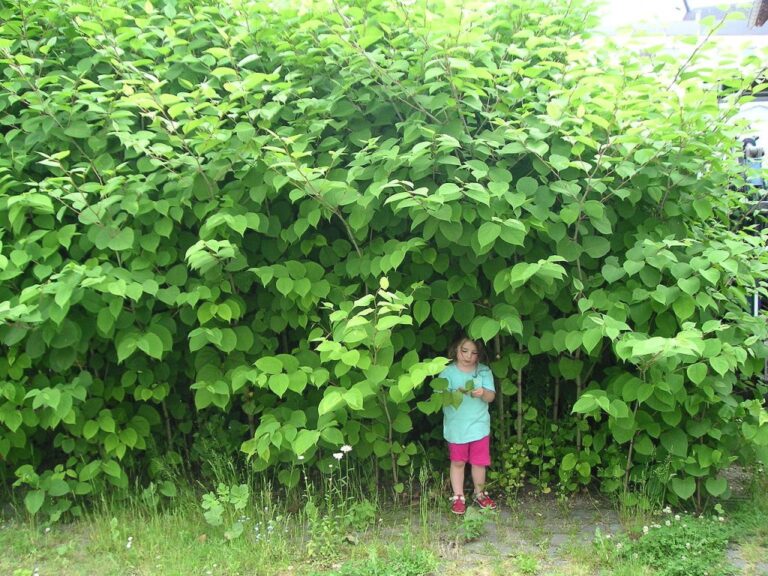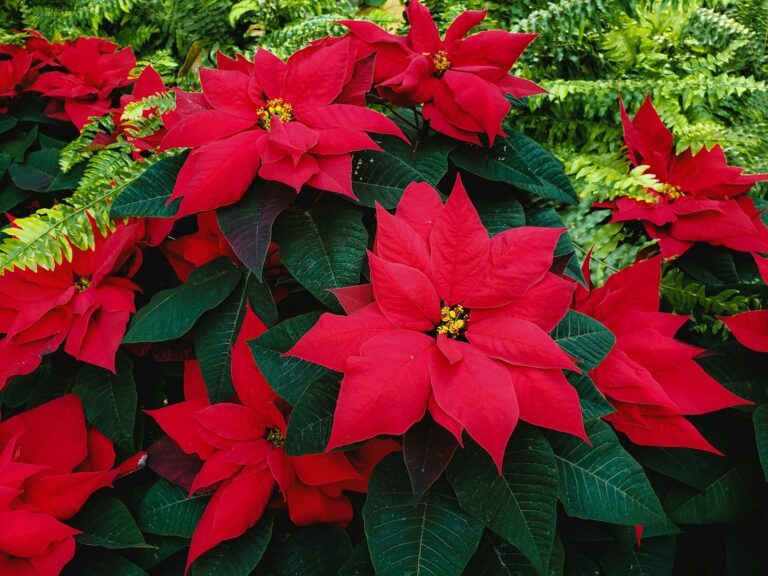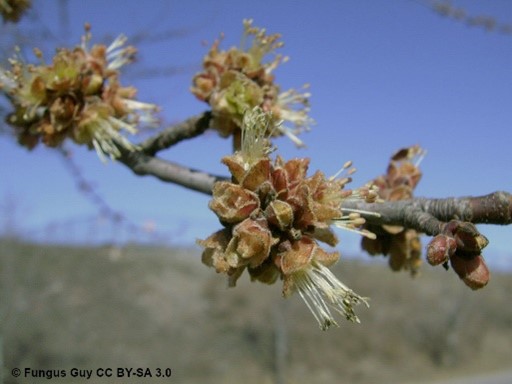From newsletter 2019
Life clings tenaciously to even the least hospitable parts of our Earth: the hottest thermal springs, the deepest oceans, the driest deserts, and the highest mountains. While the species associated with hot springs and deep oceans would be a challenge for us to grow in our Garden, our Rock and Crevice Garden includes alpine (and other) plants from around the world. When you admire what we’ve built there, you’ll notice a lovely diversity of plant forms – but you’ll also notice some similarities. What makes an alpine plant an alpine plant?
The shortest answer to that question, of course, is “evolution”. All over the world, plants have colonized mountainsides, and have adapted to the conditions they’ve found there. But it’s not just mountains. Arctic (or Antarctic) and high altitude conditions exert similar selective pressures and can be tolerated with similar adapations, That’s why we often see arctic species atop mountains further south, and it’s why we needn’t go the Himalayas to find alpine-adapted plants. The cutleaf daisy pictured above, for example, occurs across Canada’s far North, but also in the (modest) mountains of the Gaspé peninsula and Cape Breton Island. We call similar features evolved by different species in response to similar environments “convergent evolution”. Textbook examples include the fins of sharks and the flippers and flukes of whales, or the wings of bats, birds, and pterosaurs – but alpine plants show strong convergence too.
What convergent features do we see in alpine plants? Start with their size: they’re short. A short plant in summer stays in the “boundary layer” near ground where winds are slower and temperatures are much warmer. A short plant in winter stays safely tucked under snow cover. Alpine leaves are often either succulent or densely hairy. These features reduce water loss, which is a threat in a place where soils are gravelly and well-drained and where wind exposure threatens dehydration. Leaves are often evergreen, which (just as in conifers) is an adaptation to a short growing season. You can’t afford to spend the first month of summer growing new leaves, if the first month of summer is all you might get! Flowers tend to be large (compared with leaves and stems) and produced in profusion, to quickly attract pollinators that can be scarce at high altitude. In many species the flowers are cup-shaped and turn to the sun, so they offer a warmer microclimate that’s another attraction for visiting pollinators.
So far, we’ve seen features that are obvious at first glance. There are hidden features, too. Belowground, many alpine plants are anchored by long, long taproots. Mountainsides are continually sliding downhill, with the combination of steep slopes and unconsolidated soils meaning slips, slumps, and slides both sudden and gradual. A shallow-rooted plant wouldn’t last long. At a microscopic level, alpine plants are adapted to cold and to dramatic swings in temperature. Their cells synthesize antifreeze molecules so they can survive overnight cold but still grow during the day – among other clever tricks. Finally, slow growth may seem like an odd candidate for an “adaptation”, but slow growth rates (and very long lifespans) let a plant eke out an existence where conditions are tough: not just the cold and the drought, but low-nutrient soils and (at high elevation) lower atmospheric C02.
Alpine plants may seem to have a hard life to live, but they’ve evolved ways to make it. They’re a testament to the toughness of life on Earth, and to the power of evolution that’s made it that way.
